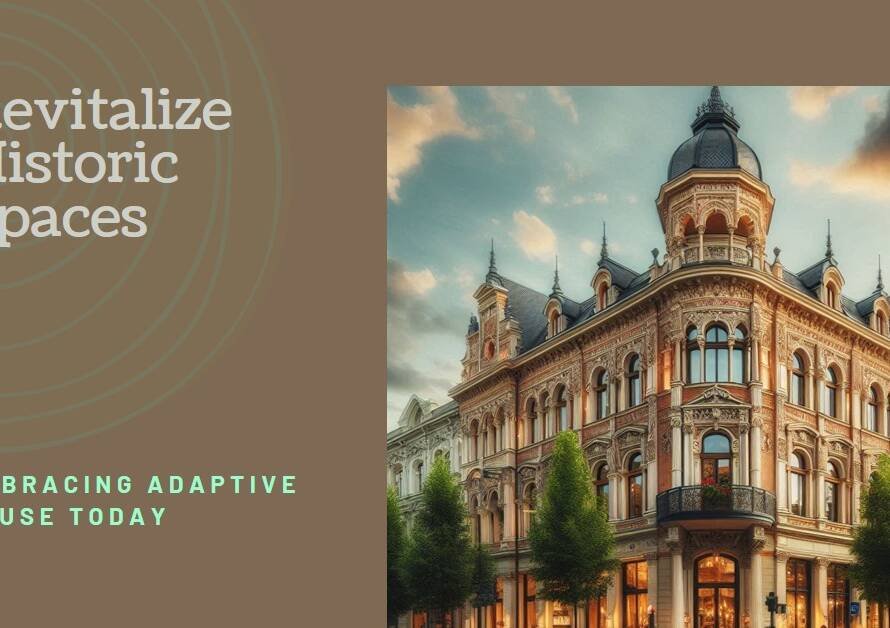
Table of Contents
Defining architectural photography
Architectural photography is the art of capturing the essence and beauty of buildings through the lens of a camera. This form of photography not only aims to document architectural structures but also to tell a story about them. It goes beyond mere representation, seeking to evoke emotions and unveil hidden narratives within the built environment.
Unlike other forms of photography, architectural photography requires an understanding of design principles, spatial relationships, and light. It is much more than simply pointing a camera at a building and pressing the shutter button. Architectural photographers need to carefully consider elements such as composition, perspective, and framing in order to create visually captivating images that showcase the unique characteristics of each structure.
Furthermore, architectural photography can also be seen as a powerful tool for documenting cultural heritage and historical moments. Through capturing buildings that are iconic or significant in some way, photographers have the ability to preserve history through their images. They play an important role in documenting changes within our built environment and chronicle how architecture has evolved over time.
To truly appreciate and understand architectural photography is to recognize its power as both an artistic expression and as an important documentation tool. The best architectural photographers are able to capture not only the physical qualities of a building but also imbue their images with an intangible sense of emotion or mood. Through this lens we are able to better appreciate the beauty around us – both from an aesthetic standpoint but also from a deeper understanding of what these structures mean within our broader socio-cultural landscape.
The purpose of architectural photography
Architectural photography serves a dual purpose: it not only captures the beauty and essence of a building but also tells a story about its design, function, and context. It allows viewers to step into the architect’s shoes, experiencing the spatial qualities and details that make a structure unique. By documenting buildings through carefully composed photographs, architects preserve their work for future generations to appreciate. Moreover, architectural photography can inspire new ideas and foster dialogue between different creative fields.
At its core, architectural photography is about capturing emotions and creating visual narratives. It goes beyond mere documentation; it seeks to convey how people interact with spaces and how these spaces shape their experiences. Through careful consideration of light, composition, and perspective, photographers can capture the mood of a building – whether it’s inspiring awe in grand structures or evoking intimacy in cozy homes. By focusing on minute details or expansive panoramas, architectural photographers can highlight key features that may otherwise go unnoticed by the casual observer.
Ultimately, the purpose of architectural photography is to celebrate human achievement in both artistic expression and functional design. It allows us to explore diverse architectural styles from different eras and regions around the world without leaving our homes. Whether we are admiring an ancient temple or marveling at a contemporary skyscraper, architectural photography invites us to experience these creations as if we were there ourselves – an immersive journey through space, time, and human creation.
Techniques and equipment used in architectural photography
One of the key factors that sets architectural photography apart from other genres is the extensive use of specialized equipment. While many photographers rely on a standard DSLR camera, architectural photographers often invest in tilt-shift lenses. These lenses allow for perspective control, ensuring that the lines of buildings remain straight and parallel rather than converging or diverging. In addition to tilt-shift lenses, wide-angle lenses are also commonly used in architectural photography. They help capture expansive views while maintaining the overall aesthetic and proportions of a building.
In terms of techniques, one technique widely used by architectural photographers is HDR (High Dynamic Range) imaging. This involves capturing multiple exposures of the same scene at different shutter speeds and then blending them together in post-processing to create an image with a greater range of tones and details. The aim is to avoid blown-out highlights or loss of detail in shadows, resulting in a more balanced and visually striking photograph.
Another technique that can make or break an architectural photograph is proper lighting. Natural light can be beautiful for capturing certain aspects of architecture, such as texture and color variation. However, artificial lighting is often necessary to bring out specific details or enhance the ambiance desired by architects or interior designers. Using external strobes or continuous lights can help illuminate areas that are too dark or add dimensionality to emphasize particular elements within a space.
Common challenges in architectural photography
One common challenge in architectural photography is dealing with difficult lighting conditions. Architecture often involves large structures that can cast shadows or create contrasting light and dark areas, making it challenging to capture the true essence of the building. Photographers must find creative ways to manipulate natural lighting or use artificial lighting techniques to bring out the best features of a structure.
Another challenge faced by architectural photographers is capturing the scale and perspective of a building accurately. It’s important to create images that convey the true size and proportions of the architecture while also showcasing its unique details. This requires careful composition techniques, such as using leading lines, framing elements, or incorporating human figures into the shots for reference.
Additionally, weather conditions can pose challenges in capturing architectural photography. Harsh sunlight can wash out colors and details, while rain or fog can limit visibility and make it difficult to showcase specific aspects of a building. However, embracing these challenges can also provide opportunities for photographers to create unique and atmospheric images by experimenting with angles, reflections, or utilizing weather-related elements creatively.
By understanding these challenges and finding innovative solutions, architectural photographers can overcome obstacles in their pursuit of capturing stunning visuals that do justice to the beauty and intricacies of buildings.
Examples of famous architectural photographers and their work
One of the most iconic architectural photographers of our time is Julius Shulman. Known for his mastery in capturing natural light and unique angles, Shulman’s work has defined mid-century modern architecture. His photographs of the Case Study Houses, designed by architects such as Richard Neutra and Charles Eames, have become synonymous with the era. Through his lens, Shulman was able to capture the essence of these architectural masterpieces and convey their spatial qualities in a way that continues to inspire architects and photographers to this day.
Another renowned photographer in the field is Iwan Baan. Baan’s work focuses on capturing the relationship between people and built space. His photographs often feature vibrant cities teeming with life, showcasing how architecture shapes human interaction. Baan’s notable projects include documenting informal settlements around the world and his captivating aerial shots of buildings like Bjarke Ingels’ Mountain Dwellings in Copenhagen. By emphasizing human presence within architectural spaces, Baan presents a fresh perspective that challenges traditional notions of architectural photography.
Photographers like Julius Shulman and Iwan Baan have made significant contributions to the field of architectural photography through their distinctive approaches and innovative perspectives. Their work not only captures stunning visuals but also tells stories about how architecture impacts society and individuals’ lives. As we explore deeper into what architectural photography entails, it becomes clear that these artists have shaped how we perceive design, pushing boundaries and inspiring future generations to delve into this fascinating realm between artistry and documentation
Conclusion: The power of capturing architecture through photography
In conclusion, the power of capturing architecture through photography is undeniable. Not only does architectural photography allow us to appreciate the beauty and intricacy of buildings, but it also provides a unique perspective that enhances our understanding and connection with the spaces we inhabit. Through careful composition and attention to detail, photographers are able to highlight elements of design that often go unnoticed, bringing them to the forefront.
Photography has the ability to convey emotions and tell stories without uttering a single word. By capturing architecture in different lighting conditions or from unique angles, photographers can evoke certain moods or emphasize specific aspects of a building’s character. This visual storytelling allows viewers to experience architecture in a more immersive way, fostering an appreciation for its form and function.
Furthermore, architectural photography has the potential to transcend boundaries and inspire people across time and cultures. It enables us not only to document historical monuments for future generations but also to spark conversations about contemporary design and urban development. With each photograph serving as a snapshot in time, it becomes a powerful tool for documenting societal changes, preserving memories, and celebrating human creativity.
In essence, when done well, architectural photography elevates our understanding of space by encapsulating its essence within a single frame. Through images that capture beauty, emotion, history or innovation; these photographs become more than just records—they become works of art that ignite dialogue between architects/designers/builders -artists- who seek inspiration from this ancient medium whilst pushing boundaries by constantly looking forward into what might lie ahead.



